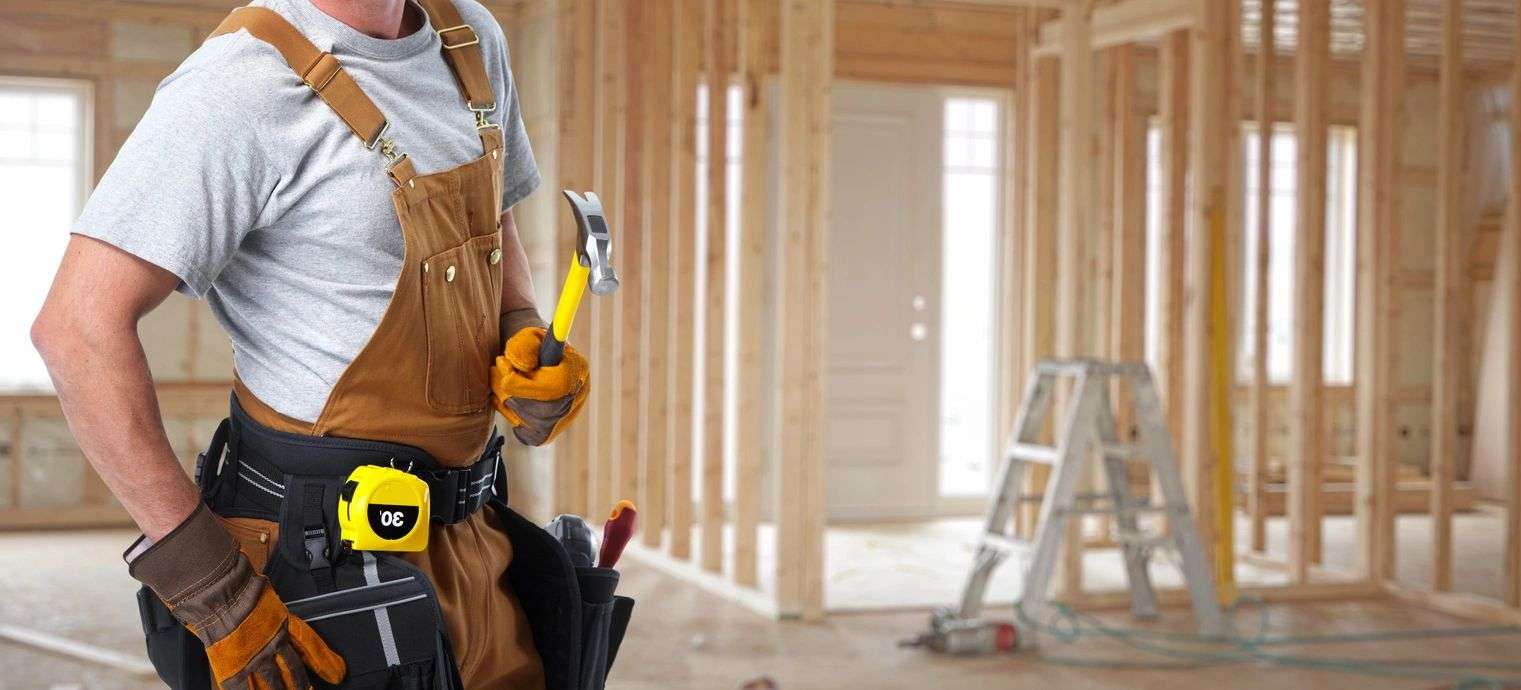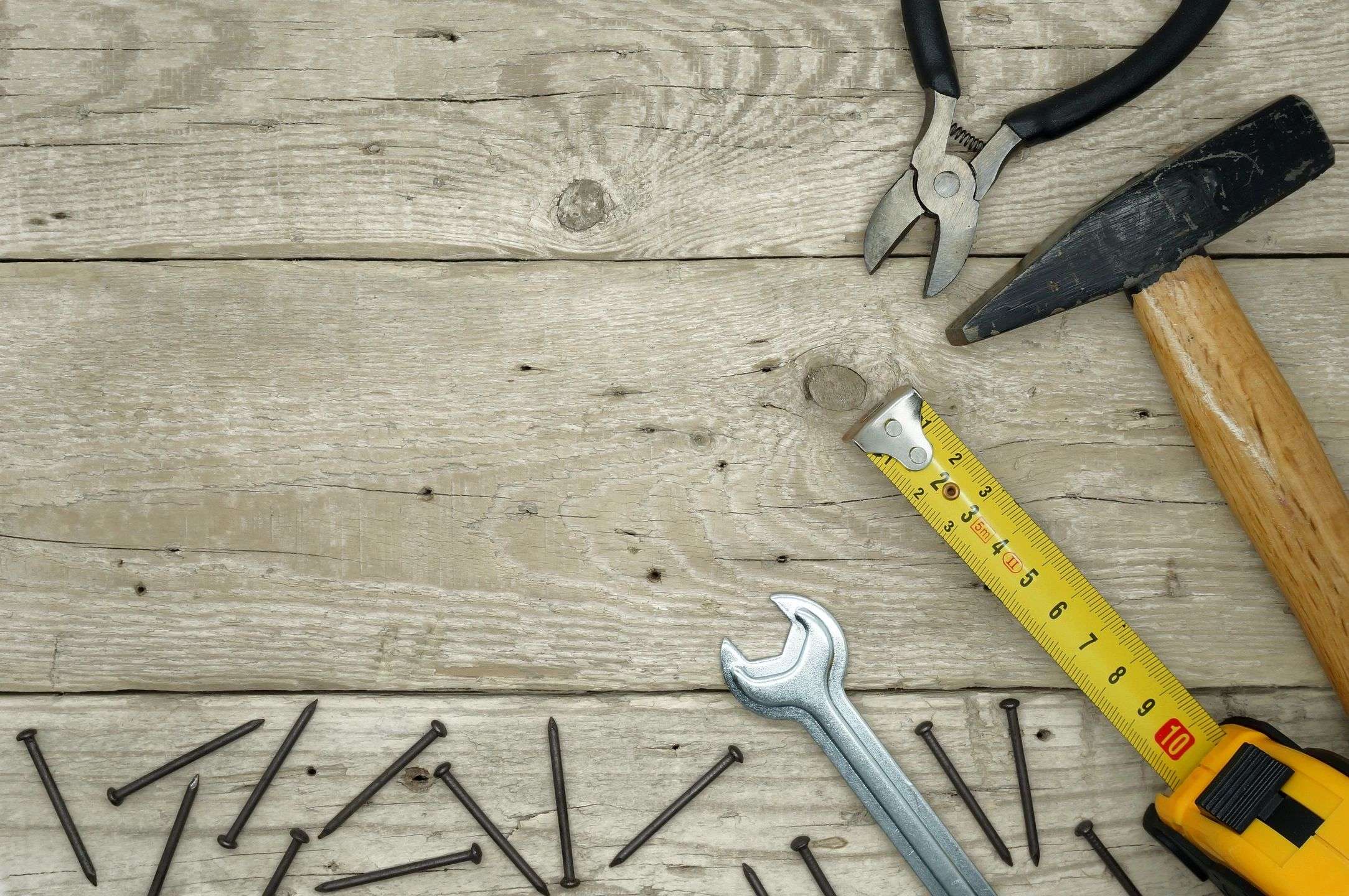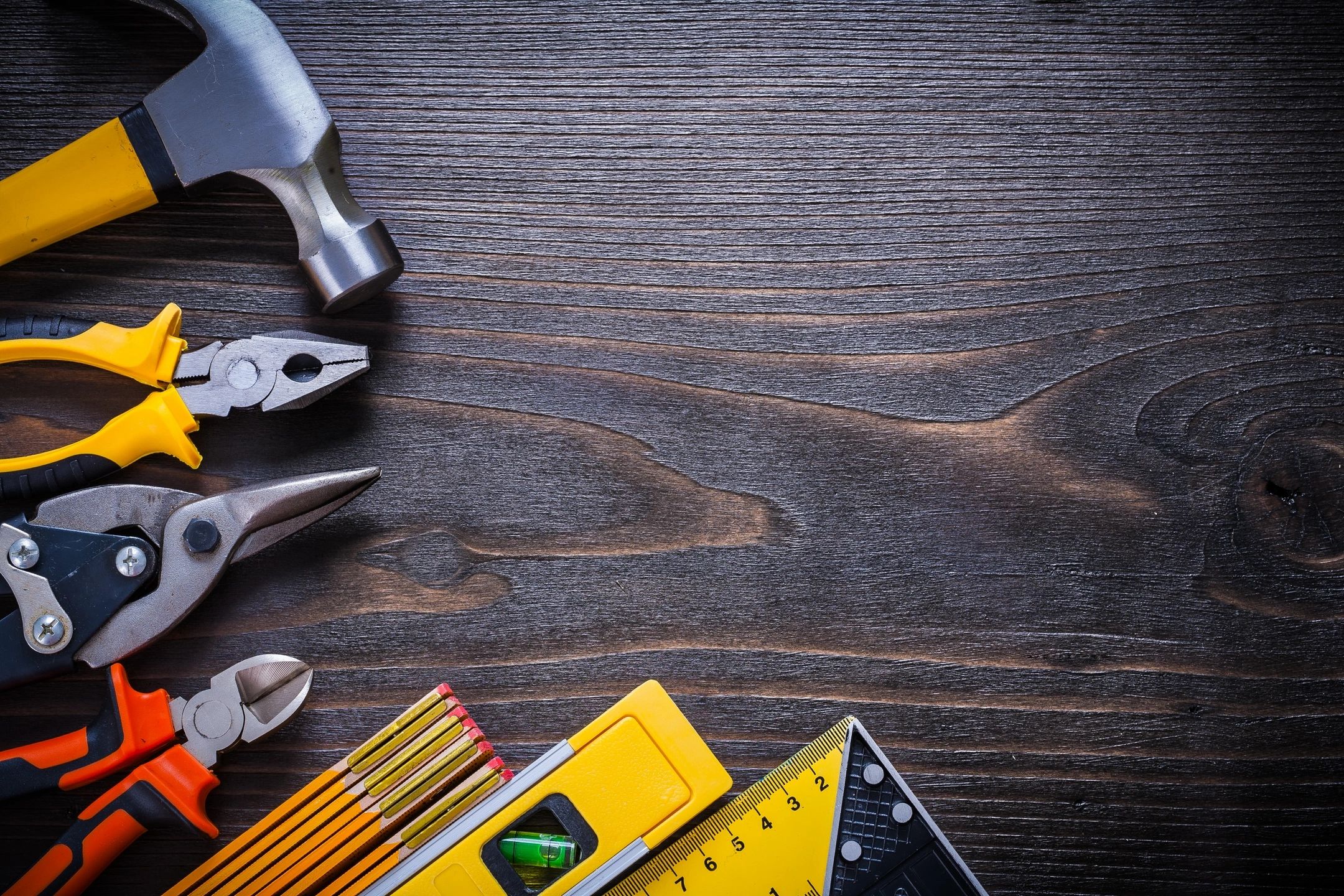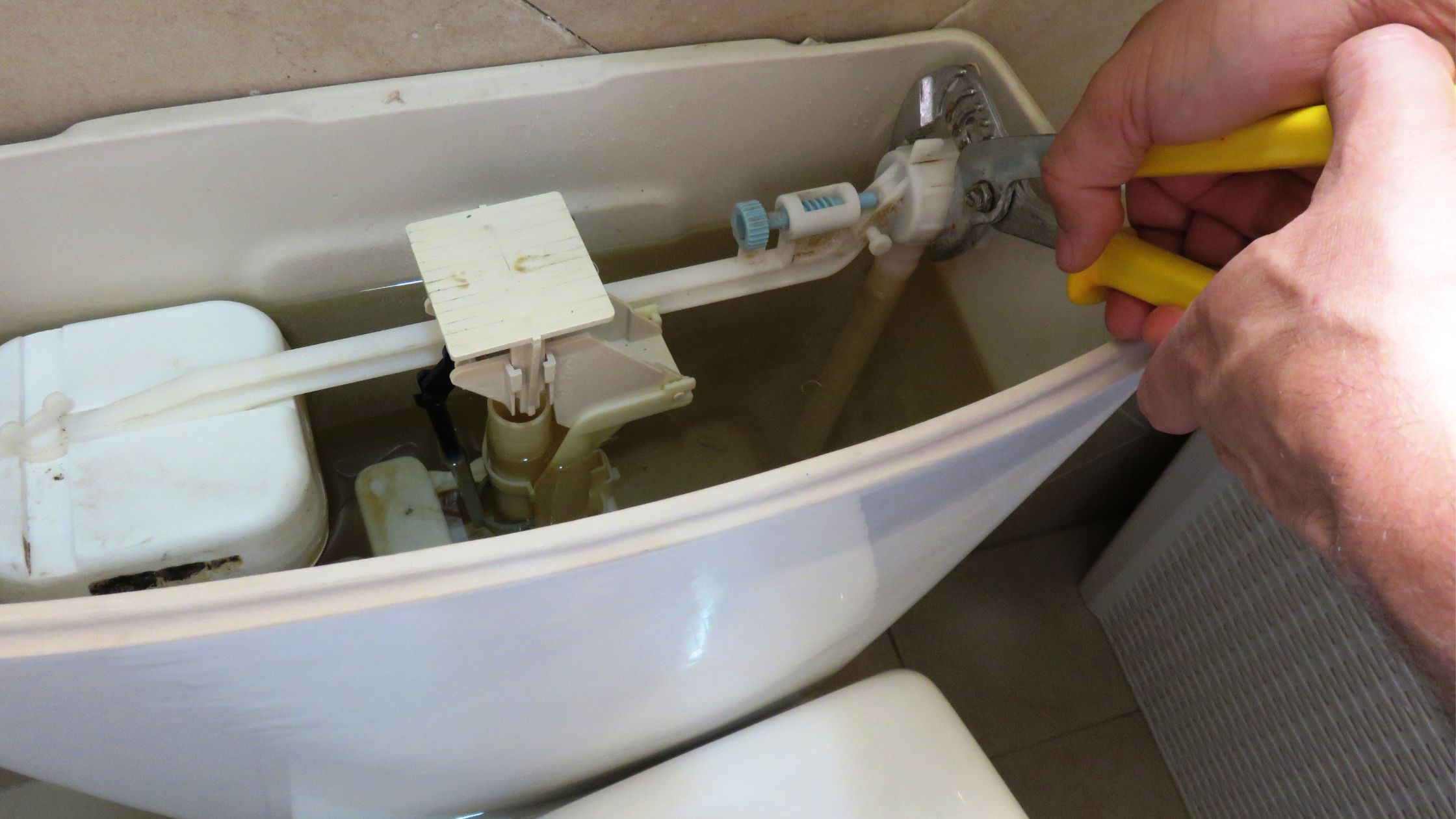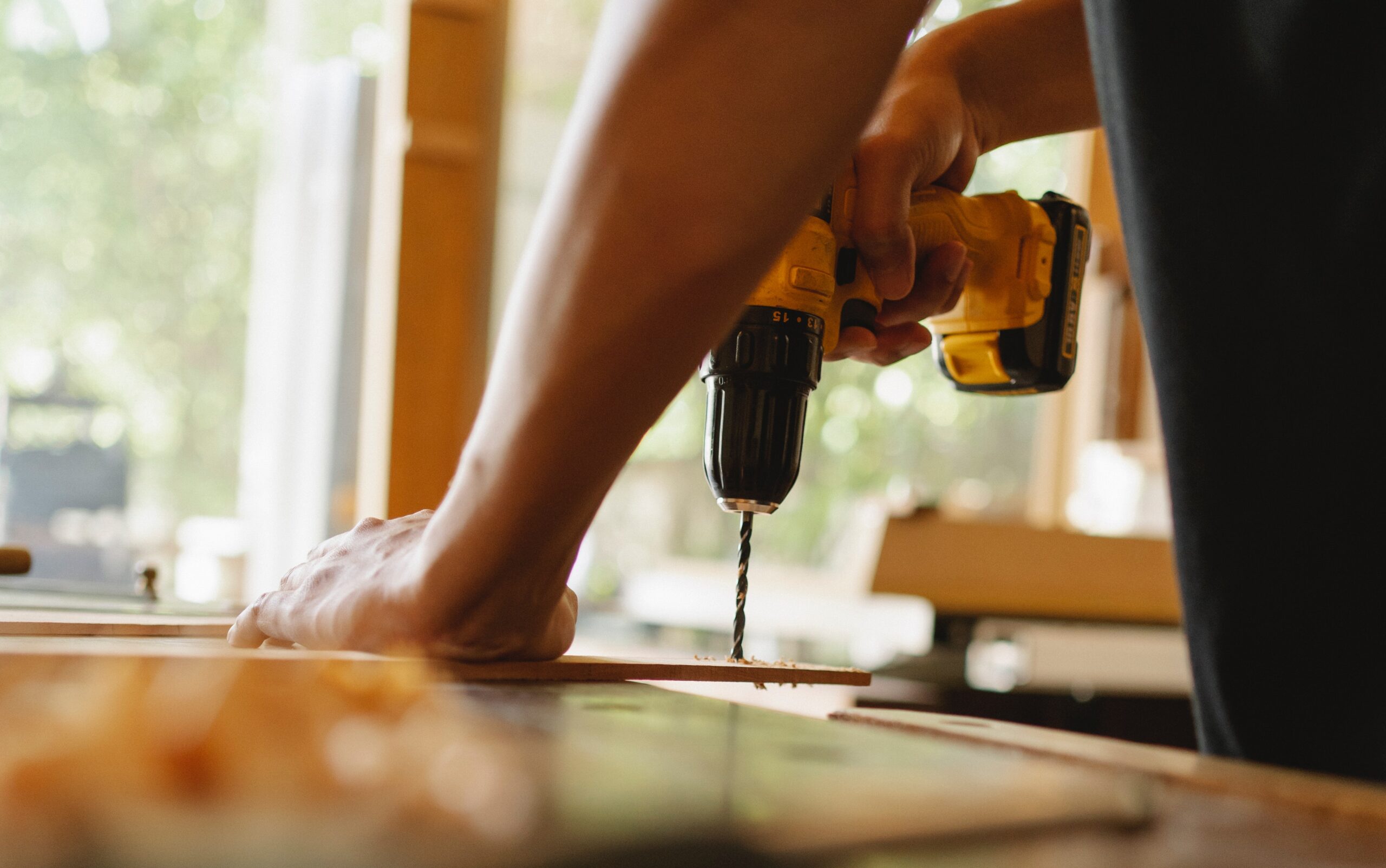
Home Improvement Blog
Table of Contents
Welcome to Diamond Handyman’s Home Improvement Blog, the ultimate destination for home repairs. We are passionate about providing valuable insights, practical tips, and inspiration to improve your home.
We believe in providing high-quality, informative information at Diamond Handyman’s Home Improvement Blog. The contributors are experts in their fields, bringing you well-researched and engaging content that caters to your interests and needs.
Whether you’re a current homeowner, a future homeowner, or someone seeking information on home repairs, we aim to empower you with the knowledge and resources to improve your home.
Through our Home Improvement Blog, you will find a wide range of articles covering all aspects of home repair. From in-depth guides and tutorials to thought-provoking insights and industry trends, we strive to deliver content that educates, entertains, and inspires you.
We understand that everyone’s journey is unique, and that’s why we provide a diverse range of perspectives and experiences. Our team is committed to creating a space where you can connect, learn, and share your thoughts.
We invite you to explore our Home Improvement Blog, dive into our articles, and join the conversation.
Remember to subscribe to Diamond Handyman’s newsletter to stay up-to-date with the latest updates, exclusive content, and special offers.
Thank you for joining our Home Improvement Blog community. We are excited to accompany you on your home improvement mission and help you stay updated on everything handy. Let’s embark on this exciting adventure.
Home Improvement Blog Posts
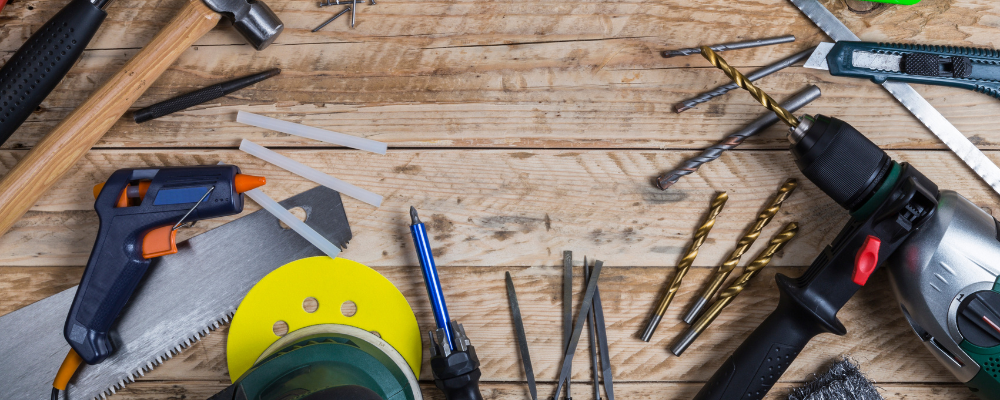
DIY Safety Gear: Personalized Protection for Your DIY Projects
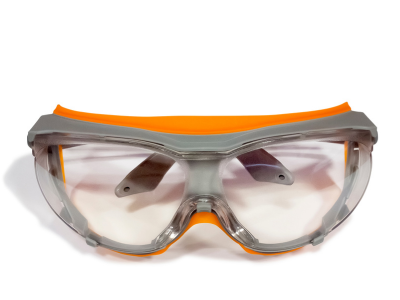
In the world of do-it-yourself (DIY) projects, creativity and resourcefulness are celebrated virtues. Whether you’re building furniture, crafting decorations, or embarking on home improvement tasks, safety should always be at the forefront of your endeavors. While commercial safety gear is readily available, the prospect of crafting your own DIY safety gear not only adds a personalized touch but also demonstrates your unwavering commitment to safety. Let’s explore some creative DIY safety gear ideas that can enhance your protection while allowing you to express your unique style.
Eye Protection: Crafting Your Custom Goggles
Eye protection is paramount in any DIY project involving flying debris, chemicals, or particles. While you can easily purchase safety goggles, creating your own pair adds a touch of originality. Begin with a clear plastic material for the lens, ensuring it offers both clarity and impact resistance. Next, design a frame that fits your face comfortably using foam or other cushioning materials. Attach an adjustable elastic band to hold the goggles securely in place. By crafting your own goggles, you can ensure a snug fit while maintaining an unobstructed field of vision.
Ear Protection: Crafted Comfort for Noisy Environments
DIY projects often involve loud machinery or tools that can potentially damage your hearing. While earmuffs and earplugs are readily available, you can create your own ear protection using easily accessible materials. Begin by selecting soft foam and fabric that provide sufficient cushioning and noise dampening. By sewing or gluing the materials together, you can fashion comfortable ear protection that effectively shields your ears from excessive noise, allowing you to work safely and comfortably.
Respiratory Protection: Breathing Easy with DIY Masks
Working with paints, solvents, or in dusty environments requires respiratory protection to prevent inhalation of harmful particles. While commercial respirators are widely available, you can craft a DIY alternative using a mask pattern and fabric. Ensure that your chosen fabric is breathable and provides an effective barrier against airborne particles. Incorporate multiple layers and a filter material to maximize protection. However, bear in mind that commercial masks are rigorously tested to meet specific safety standards. Your DIY mask can offer a basic level of protection, but for high-risk environments, professional-grade equipment is recommended.
Hand and Arm Protection: Up-cycling for Safety
Hand and arm protection are essential in projects involving sharp tools or hazardous materials. While commercial gloves are tailored for specific tasks, crafting your own offers a unique opportunity to up-cycle old clothes. Transforming worn denim jeans or sturdy fabrics into gloves or sleeves can provide a personalized layer of protection. Remember that the safety level of commercial gloves is hard to replicate, so evaluate the risks before opting for a DIY approach. For specialized tasks, investing in professionally designed gloves might be a safer choice.
Foot Protection: Enhancing Grip and Safety
Foot protection is vital when working in potentially hazardous environments. While crafting footwear that matches the safety standards of industrial-grade boots can be challenging, enhancing the grip and protection of your regular shoes is achievable. By attaching rubber soles or traction-enhancing materials to the bottom of your shoes, you can bolster stability and reduce the risk of slips and falls. However, for heavy-duty tasks, dedicated safety footwear remains the optimal choice.

Balancing Creativity and Practicality
Crafting your own DIY safety gear offers a rewarding blend of creativity and practicality. While your inventive spirit can lead to unique and personalized protection, it’s important to recognize the limitations of homemade safety gear. Commercial safety equipment undergoes rigorous testing and is designed to meet strict safety standards.
When embarking on high-risk projects, such as those involving toxic chemicals, heavy machinery, or intense heat, consider investing in professional-grade safety gear. While DIY safety gear showcases your ingenuity, your well-being should always take precedence.
In conclusion, the world of DIY safety gear is as diverse as the projects it aims to protect. By combining your creativity with practical considerations, you can create safety gear that reflects your unique style and commitment to safety. Striking this balance ensures that you’re both protected and empowered to unleash your creativity in every DIY endeavor you undertake.
Types of Power Tools for DIY
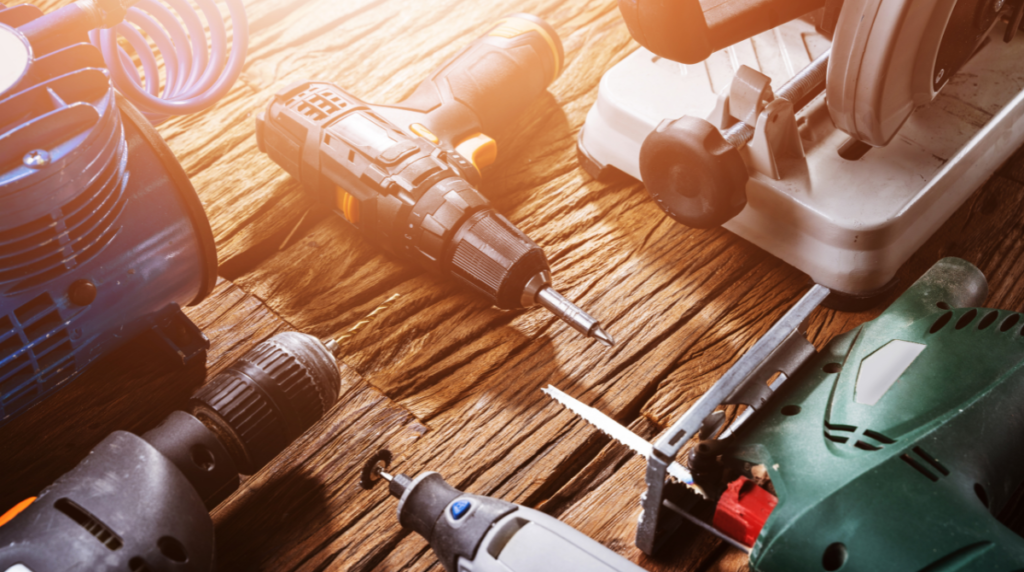
DIY power tools can greatly enhance your ability to tackle a wide range of projects efficiently and effectively. Here’s a list of common DIY power tools and their primary uses:
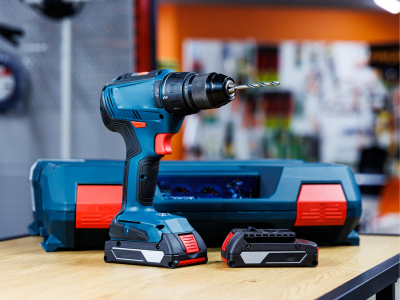
Cordless Drill
- Use: Drilling holes and driving screws.
- Features: Adjustable speed, clutch settings, and various chuck sizes.
- Attachments: Drill bits, screwdriver bits.
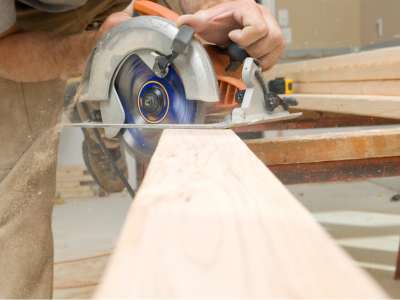
Circular Saw
- Use: Cutting straight lines in wood, plywood, and other materials.
- Features: Adjustable depth and angle settings.
- Safety: Always use a straight edge or guide for accurate cuts.
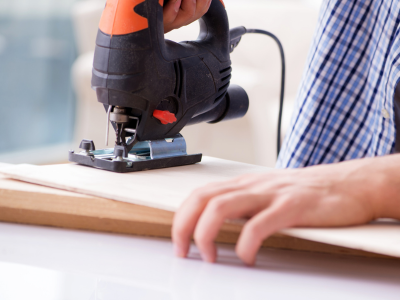
Jigsaw
- Use: Making curved, intricate cuts in wood, plastic, and metal.
- Features: Adjustable speed and orbital settings.
- Attachments: Different blade types for various materials.
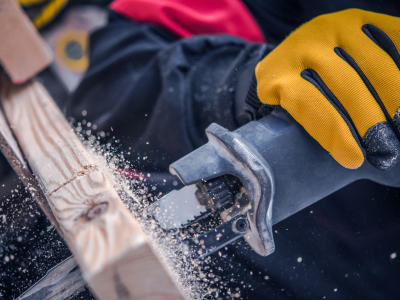
Reciprocating Saw
- Use: Cutting through materials quickly, like wood, metal, and plastic.
- Features: Blade movement back and forth.
- Applications: Demolition, pruning, cutting pipes.
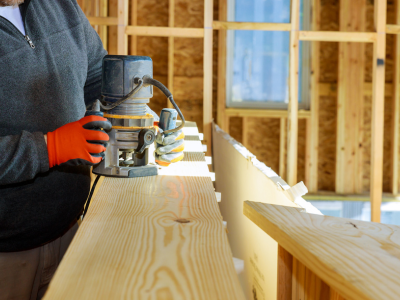
Router
- Use: Shaping edges, hollowing out areas, and creating decorative profiles.
- Features: Variable speed, different bit shapes for various tasks.
- Applications: Woodworking, cabinetry, crafting.
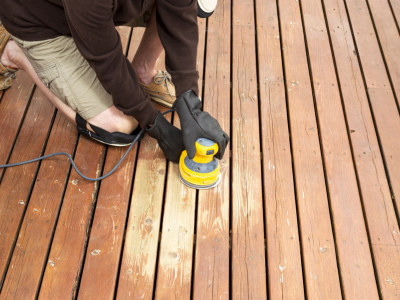
Random Orbital Sander
- Use: Smoothing surfaces and removing material evenly.
- Features: Random orbital motion reduces swirl marks.
- Applications: Woodworking, refinishing furniture.

Miter Saw
- Use: Making precise crosscuts and mitered angles in wood and other materials.
- Features: Adjustable angles and depth settings.
- Safety: Use a workbench or stand, and always secure the material.
These are just a few examples of common DIY power tools and their uses. Remember to read the manufacturer’s instructions, wear appropriate safety gear, and practice proper techniques when using power tools to ensure both successful project outcomes and personal safety.
Home Improvement Blog Links

DIY Safety Gear
https://www.schlage.com/blog/categories/2020/05/safety-gear-for-diy-projects.html
DIY Links
- https://www.remodelista.com/
- https://www.thisoldhouse.com/
- https://diyshowoff.com/
- https://www.uglyducklinghouse.com/
- https://www.remodelaholic.com/
- https://refreshrestyle.com/
- https://www.younghouselove.com/
- https://www.houzz.com/
- https://www.familyhandyman.com/
- https://www.designertrapped.com/
- https://sawdustgirl.com/
- https://www.homeyohmy.com/
- https://vintagerevivals.com/
- https://www.chrislovesjulia.com/
- https://oldtownhome.com/
- https://www.uglyducklinghouse.com/
- https://www.housetweaking.com/
- https://www.danslelakehouse.com/
- https://www.bowerpowerblog.com/
- https://www.simplythenest.com/
If you would like to learn more about Diamond Handyman Service and the services we offer click here!


